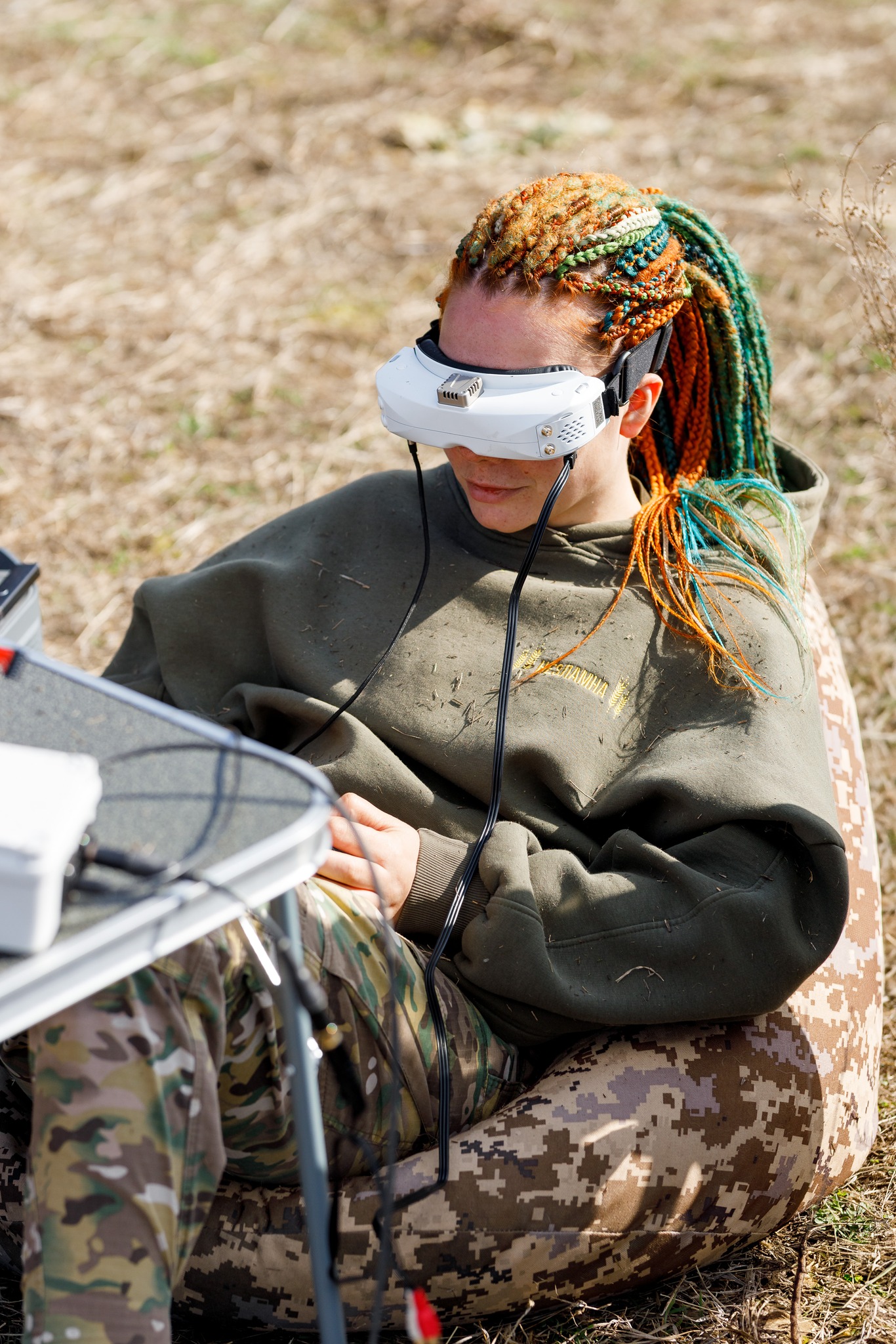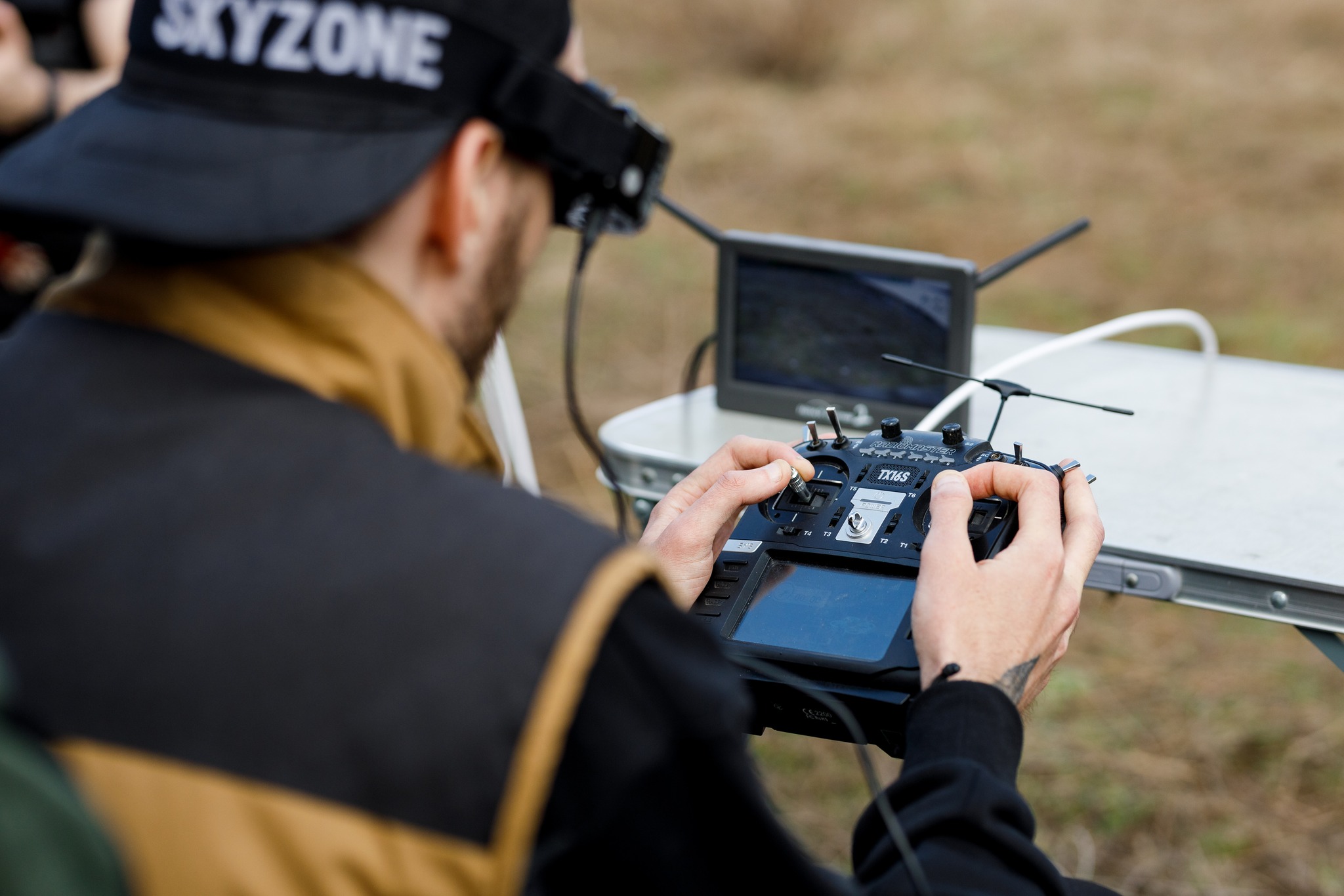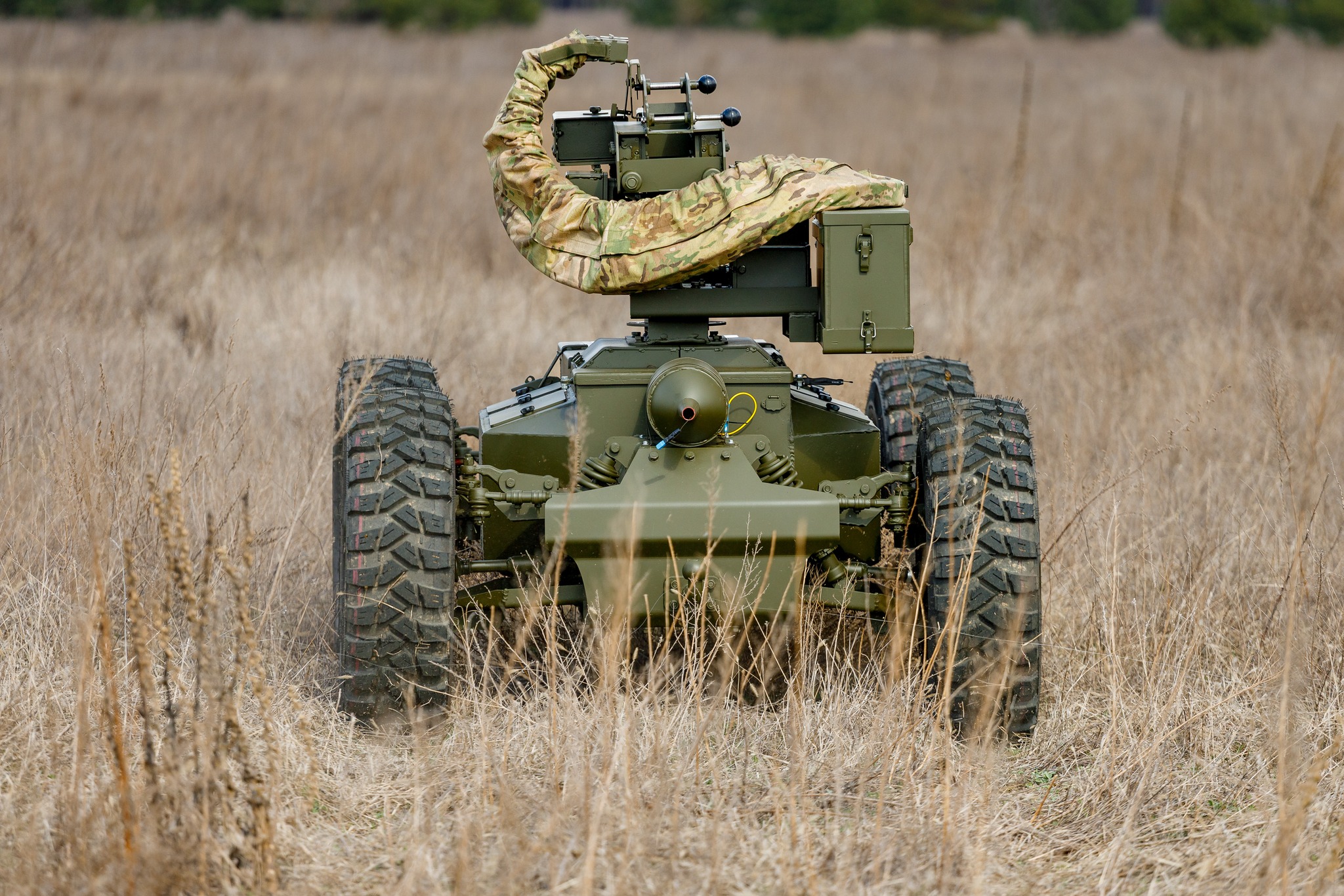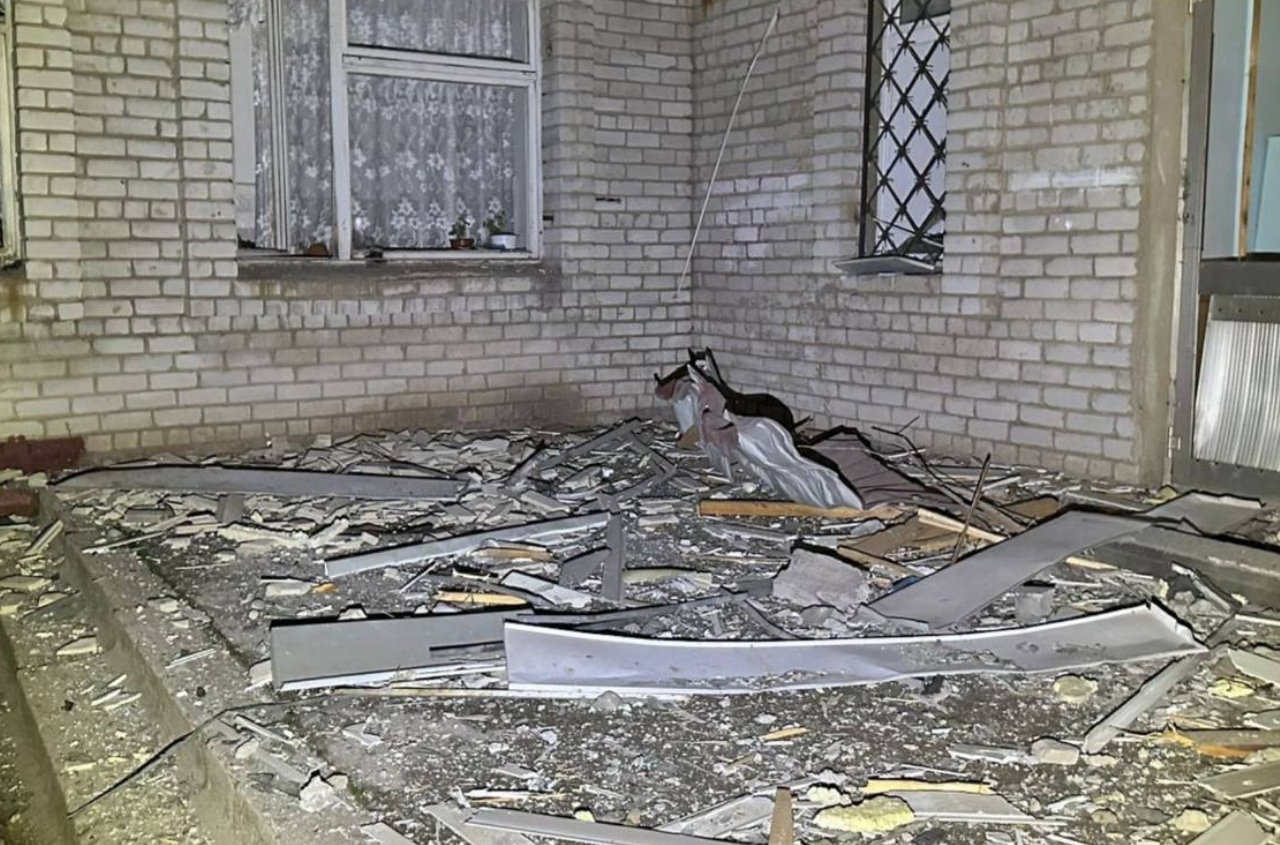Brave1 conducts large-scale testing of fiber-optic FPV drones
More than 15 UAV manufacturers tested their drones at a proving ground, navigating a 20+ km route with obstacles and simulating target engagement.
This was Brave1's second fiber-optic drone test, demonstrating significant progress. While the first Ukrainian fiber-optic drones had a range of just 5-10 km, this time, long-range solutions capable of striking targets over 20 km away were successfully tested.
"The military’s strong interest in the test results highlights the urgent demand for rapid and mass deployment of fiber-optic drones to the front lines," said Natalia Kushnerska, director of the Ukrainian defense technology cluster Brave1.

Due to Russia’s use of electronic warfare (EW) systems, fiber-optic drones—immune to EW interference—are among the most sought-after UAVs on the battlefield. They are actively deployed by units such as the 429th Separate Unmanned Systems Regiment "Achilles," the 3rd Separate Assault Brigade, "Madyar’s Birds," and many others.
Advantages of Fiber-Optic Drones:
-
Complete immunity to EW: These drones can carry out missions despite electronic interference.
-
Undetectable by the enemy: The absence of radio emissions prevents detection by enemy signals intelligence.
-
High-quality communication: Stable and clear video transmission even at long distances.
-
No radio horizon limitations.

Fiber-optic communication is also critical for ground robots, which face even more obstacles that can disrupt traditional communication. At the event, seven manufacturers of fiber-optic ground robotic systems (GRS) conducted test runs.
"Fiber optics is a game-changer in communication and electronic warfare, providing stable connectivity that EW systems cannot disrupt. We are highly interested in its implementation so that our GRS can operate at greater distances and help us destroy the enemy more effectively," said Captain Oleksandr Yabchanka, head of the robotic systems unit of the "Da Vinci Wolves" battalion.

In the future, Brave1 will actively support the development and expansion of such drones while also working on countermeasures against enemy fiber-optic systems.



















